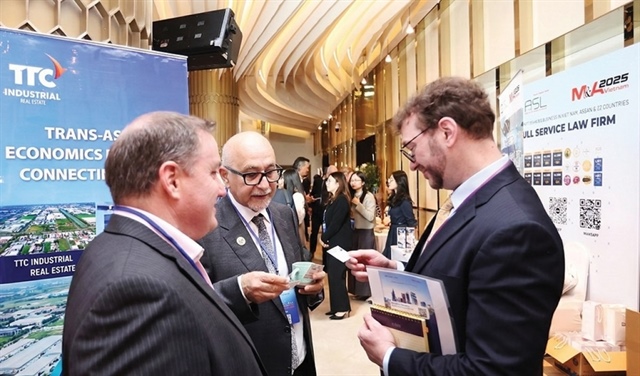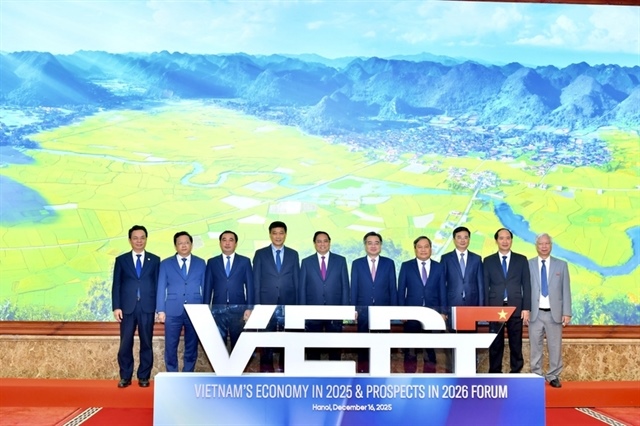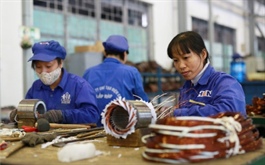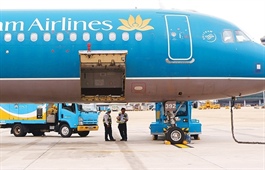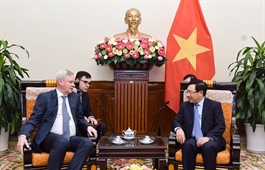Boosting infrastructure connectivity in Vietnam’s southeastern region
Boosting infrastructure connectivity in Vietnam’s southeastern region
The advice was given at the 'Promoting Infrastructure Connectivity in the Southeastern Region' seminar co-organized by Tuoi Tre (Youth) newspaper, the Government Portal, the Ho Chi Minh City Institute for Development Studies, and the Party Committee and People’s Committee of Ba Ria – Vung Tau Province on November 22.
Nguyen Duc Kien, head of the prime minister’s economic advisory team, told the seminar that the PM and deputy prime ministers’ directives promoting key traffic projects in the southeastern region, such as Long Thanh International Airport and expressways, are proof of the government’s focus on infrastructural development in the region.
Infrastructure connectivity in the southeastern region, however, still falls short of expectations, Kien said.
Specifically, Kien pointed out that Ring Road 3 and Ring Road 4 in Ho Chi Minh City are far behind schedule, with only a few small portions of the roads currently under construction despite completion deadlines set for 2020.
Dr. Tran Du Lich, former deputy head of the Ho Chi Minh City National Assembly delegation, said that limited budgets require the prioritization of specific projects in order to maximize investments.
Lich also emphasized the importance of focusing on infrastructure investment in the southeastern region in order to boost its economic development, particularly as the region is a major contributor to the country’s socio-economic development.
In order to increase infrastructure connectivity in the region, he suggested comprehensive traffic investment in several specific projects.
“Investment in Long Thanh International Airport and Cai Mep – Thi Vai Port will not only benefit Dong Nai Province and Ria – Vung Tau, but it will also help with boosting traffic connectivity in the entire region,” Lich said.
A regional council, a regional fund
Truong Van Phuoc, a member of the prime minister’s economic advisory team, with support from those in attendance at the November 22 seminar, advocated for the establishment of a regional council and a regional infrastructure investment fund.
A regional infrastructure investment fund, regardless of the participation of state, private, domestic, or foreign investors, will help smooth the development of new projects, Phuoc said.
Leaders from southeastern localities will take up seats in the fund’s management board, which will be responsible for selecting infrastructure projects for investment.
Meanwhile, a regional council with a rotating chairman would be able to help determine which infrastructure projects should be given priority.
The council would be charged with approving new projects and coordinating resource procurement with the national government.
According to Tran Hoang Ngan, head of the Ho Chi Minh City Institute for Development Studies, a regional council could help create a mechanism for local and state budgets to drive funds toward connectivity projects.
“If southeastern localities can cooperate, they will be able to benefit from mutual development,” said Ngan.


